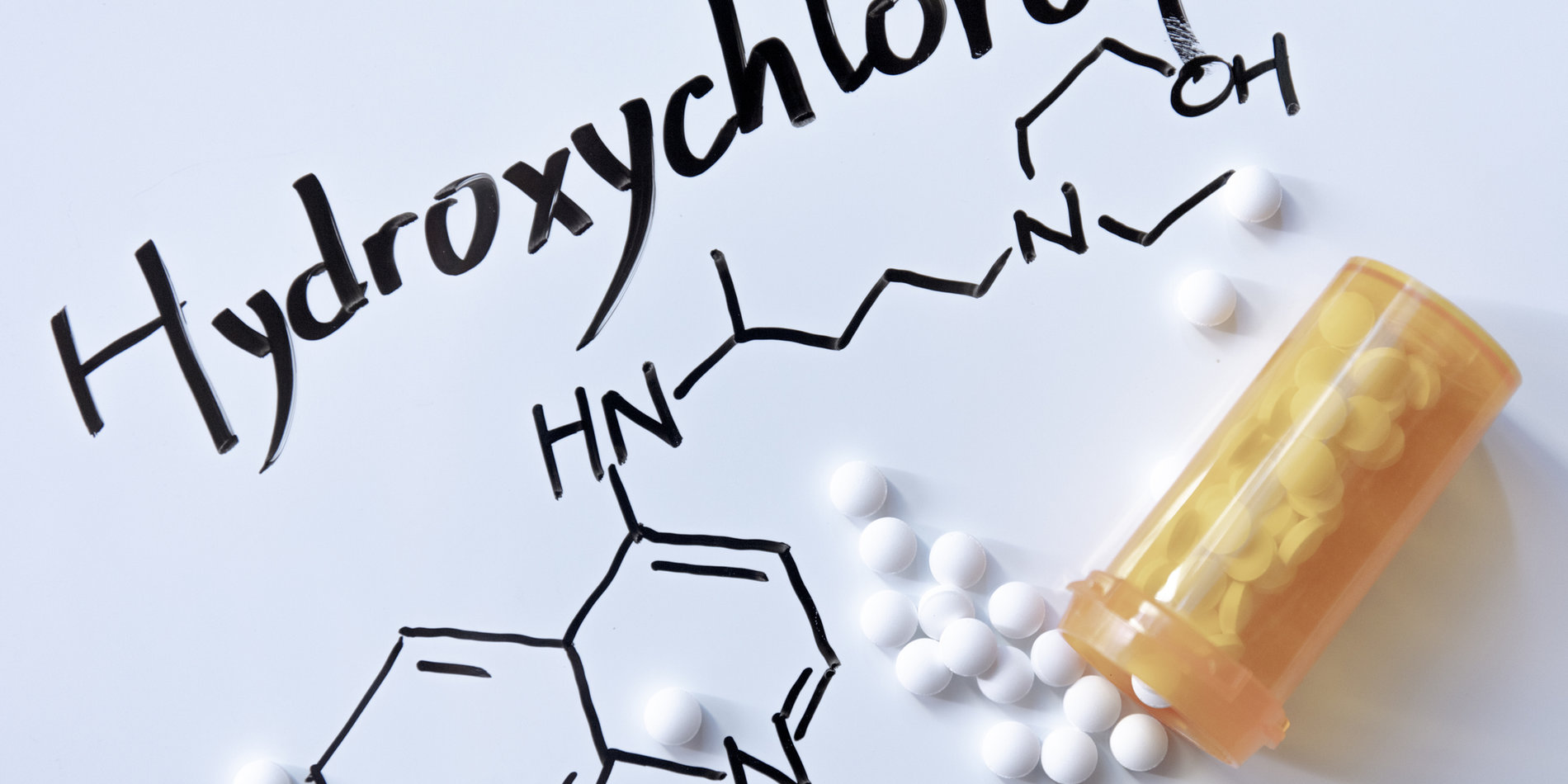Source: Stanford Medicine
A new Stanford study the first to show that the anti-malarial drug hydroxychloroquine (HCQ) may target the autoinflammatory component of CRPS.
Complex regional pain syndrome (CRPS) is a pain condition that often affects a limb following a minor trauma, such as an injury or surgery. The condition is characterized by severe pain, increased sensitivity to touch, changes in skin color and temperature, and a decreased ability to move the injured limb.
While there are many mechanisms underlying CRPS, recent research indicates that CRPS has an autoinflammatory component. Usually, the immune system promotes inflammation following an infection or injury to protect the body and encourage healing. However, autoinflammation occurs when inflammation continues long after the injury should have healed, or even when the body is not hurt, which can contribute to chronic pain conditions.
A new translational study led by Dr. Vivianne Tawfik, Assistant Professor of Anesthesiology, Perioperative & Pain Medicine, is the first to show that the anti-malarial drug hydroxychloroquine (HCQ) may target the autoinflammatory component of CRPS.
First to the clinic
The idea for the work sparked when Dr. Ian Carroll, Associate Professor of Anesthesiology, Perioperative & Pain Medicine, wondered whether HCQ, an FDA-approved and well tolerated drug, may be effective for patients with refractory CRPS. In addition to treating malaria, HCQ is commonly used to treat autoimmune diseases such as rheumatoid arthritis and Sjӧgren’s syndrome because it can suppress an overactive immune response. HCQ has also recently made headlines for claims made about its potential effectiveness as a treatment for COVID-19.
The researchers describe a case series of seven patients with chronic, refractory CRPS for whom past treatments had been ineffective and who were started on HCQ treatment. Five of the seven patients experienced reduced pain once they started the medication. Before taking HCQ, the patients reported their pain as an average of 6.8 on a 0-10 scale, with 0 being no pain and 10 being the worst pain possible; however, the pain decreased to an average of 3.8 after starting HCQ.
Some patients also observed improvements in physical symptoms. For example, within the first months of HCQ treatment, one patient experienced decreased swelling and redness of her injured foot. When she stopped the treatment, however, the symptoms returned to their previous severity. Upon restarting the medication, the symptoms improved once again, suggesting that HCQ had contributed to the improvement.
Then back to the (lab) bench
Motivated by these results, Elena Haight and Emily Johnson, former research assistants in Dr. Tawfik’s lab, wondered whether using the drug in a CRPS mouse model could help uncover the mechanism by which HCQ may improve CRPS.
CRPS can be modeled in mice using an established leg fracture and casting model. Three weeks after leg casting, mice display typical signs of CRPS – increased temperature and swelling of the injured paw – and pain behavior, such as placing less weight on the paw and showing increased sensitivity to light touch. After establishing CRPS in mice, they dosed mice with HCQ for 7 days, at either a low or high dosage, and then re-measured CRPS signs.
After a week, the mice treated with the higher HCQ dosage had a greater reduction in paw warmth and swelling than the mice that were not treated with HCQ. Additionally, the mice treated with HCQ displayed less sensitivity to touch of the injured paw than the untreated mice. Further, these effects were dose-related, meaning that the mice treated with the higher dose of HCQ had greater pain and symptom reductions than the mice treated with the lower dose.
Next, the researchers investigated the effect of HCQ on autoinflammation in the spinal cord, the location of initial modulation of painful signals as they are transmitted from the injured limb to the brain. Microglia are inflammatory cells in the spinal cord and brain that, when activated, can promote inflammation by releasing proteins called pro-inflammatory cytokines. Prior research suggests that HCQ can reduce microglial activation in a model of multiple sclerosis, and, therefore, has the potential to reduce inflammation.
In this study, the researchers observed a significant decrease in microglial activation in the spinal cord of mice treated with HCQ, with a greater decrease observed in the mice treated with the higher dose. While HCQ had no effect on the pro-inflammatory cytokine levels in the injured paw, significant reductions in two types of pro-inflammatory cytokines, IL-1β and IL-6, were measured in the spinal cord, suggesting that HCQ led to reduced spinal cord cytokine levels via a decrease in microglial activation. This finding suggests that potentially beneficial treatments for CRPS could include medications with effects localized in the spinal cord rather than in the injured limb.
Feasibility studies needed
Overall, the results from this translational study indicate that the reduction of autoinflammation in the spinal cord may be one possible mechanism of HCQ in the treatment of CRPS. Taken together with the clinical case series, this work supports further investigation and feasibility studies into HCQ as a potential treatment option for patients with refractory CRPS.
Related: HCQ Protocols from America’s Frontline Doctors
OPEN LETTER TO ALL THE CITIZENS OF THE WORLD AND ALL THE GOVERNMENTS OF THE WORLD.
Study: Anti-Malarial Drug HCQ Helps Outpatients With COVID-19
Hydroxychloroquine: Why western authorities deny it and why they’re wrong

